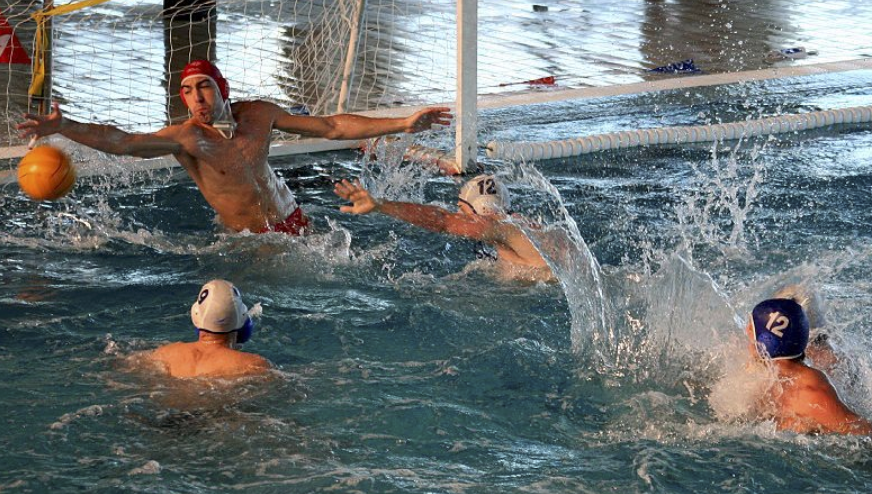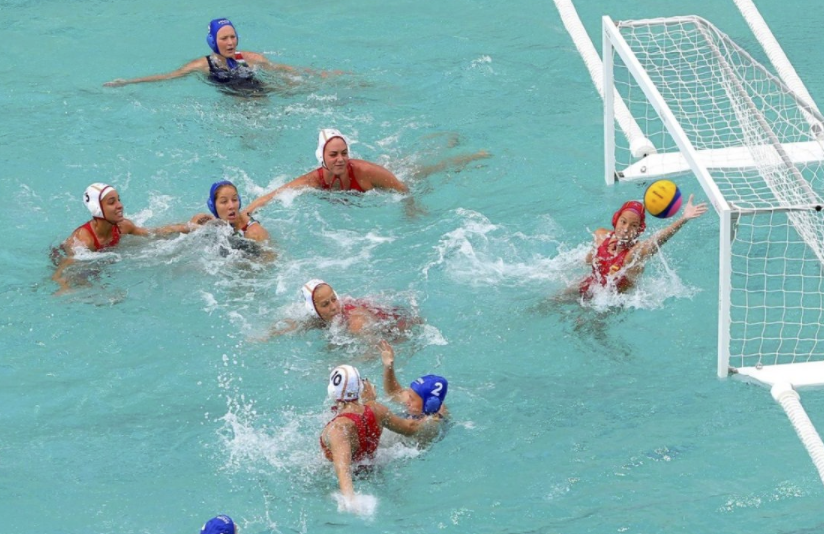Home » Posts tagged 'water polo'
Tag Archives: water polo
Water Polo – the water sport that attracts many young people nowadays (Part 2)
Athletes compete in water polo at the Olympics
Water polo started to become an Olympic team sport in 1900. Germany is the oldest participating country in this sport. However, until 1928, at the Olympic Games in Amsterdam, Germany won the gold cup. The most successful country with Water Polo for decades was Hungary.
What are the rules of the Water Polo game?
A water polo match is held when all players, water balls, playgrounds, and referees are present. The water ball field is 20 x 30m wide. Each team will have different strategies and formations like in football. However, it is physically demanding and is the toughest sport to play
Rule of single-hand pitching with athletes
A water polo match has 4 innings, each lasting 7 minutes. During the match, the ball is not counted as dead time. Each team has 7 main players participating in the competition. Players are required to wear swimwear and a helmet when participating in the game.
The two teams threw the ball back and forth at the opponent’s goal. Each time you throw a ball in your team’s goal, you will be awarded 1 point.

During the competition, athletes are not allowed to touch the lake wall and the lake bed. Players are allowed to use only one hand to throw and pass the ball. Particularly, the goalkeeper is allowed to catch the ball and pass the ball with 2 hands.
The rules of water polo competition also have the same rules as football such as offside, penalties, bad play… In case of necessity, red and yellow cards can be used to sanction. The referee is the person who has the right to sanction the athletes. The distance from the free-throw position to the goal is 4m.
Conclusions
Today’s article hopes to help you understand what the concept of Water Polo is and the issues related to it. Wish you all play well in this subject!
Water Polo – the water sport that attracts many young people nowadays (Part 1)
What is one of the sports that attract the youngest people today? Surely everyone will not be too surprised to hear the name Water Polo, also known as underwater volleyball.
To know how attractive water polo is, let’s learn the basic things about this water sport like its origin, history and development.
What is Water Polo?
Water polo is a team sport played underwater. The team consists of a goalkeeper and 6 players. The two sides struggled to throw the ball back and forth to score many goals in the opponent’s goal.
Playing well in this sport requires the skills of swimming and floating on the water. The players pass the ball back and forth together and are intercepted by the opponent. They scored by throwing the ball in the defense of the goalkeeper. Water polo has many similarities with land handball and it requires a lot of stamina.

To perform the technique of deep diving, the diver must be able to control the rhythm of breathing evenly so as not to be choked.
The origin of water polo
Water polo was derived from swimming shows at festivals and fairs in England and Scotland in the late 19th century. During this period, William Wilson was believed to have developed the game.
Water polo today was developed under the London Water Ball Federation. Gradually develop in many countries such as the United States, China, Australia, Canada, and Brazil. In the past, water polo was called “Water Rugby” but later changed to “Water Polo”.
Today, water polo has 7 main players and 6 substitute players. The ball used is made from waterproof nylon. The ball size is quite similar to the ball in football. Using the ball like this ensures the best play always possible.
The history of water polo
What is the history of Water Polo? The water polo sport began to be recorded in 1896 in England. This is a developed sport like “rugby water polo” often played in rivers and lakes in England. At that time, people used flags to mark the goal. The goalkeepers can now even use a rowing boat.